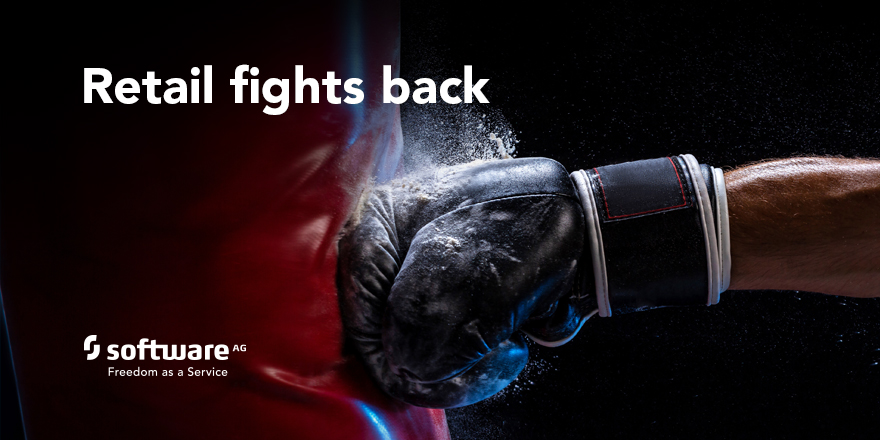Retail calls TKO on disruption
What if you could turn the tables on disruptors – by becoming disruptive yourself? That would mean delivering a technical knockout (TKO) to the more “traditional” disruptors.

As retailers, you have taken a lot of punches over the past few years. Your high street stores and shopping malls are all being knocked out by more agile, digital-savvy disruptors.
These disruptors have been winning the retail race because they solve a pain point in the customer experience. Ten years ago, omni-channel was the disruptor – it solved the pain point of needing to go out to get the products you needed. But now, omni-channel is “table stakes” – you need it to even start to compete. So what next?
What if you could turn the tables on disruptors – by becoming disruptive yourself? That would mean delivering a technical knockout (TKO) to the more “traditional” disruptors.
There are new forms of disruption including subscription retail, where your customer pays a regular amount each month for a product, or you curate their products for them. (Examples include Birchbox Cosmetics (in the US and UK), and Bellabox and Lust Have It in Australia.)
Here are some other forms of disruption that you could consider:
IoT-driven Disruption
Coffee machines, dishwashers, washing machines automatically re-order coffee or detergent based on usage – so that your customer does not need to think about it. This is an example of IoT-based ordering. Some predictions suggest that devices ordering product and requesting customer service will outnumber human orders within 10 years.
Real-time, in-store IoT
This uses Internet of Things technology to link together in-store devices, point of sale, traffic counters, security cameras and inventory management. On their own, each of these may have their own benefits – but imagine the insights you could get and the innovation you could drive by linking them all together. Combine with technologies like electronic shelf-edge labels, smart employee badges, hand-held devices and robots and the potential is huge.
Data insights into operations and customer behavior can help you leverage predictive analytics and AI to do new things such as- proactively deploying staff or adjusting offers in line with demand.
But where do you start? Perhaps looking at equipment already in store. Preventive maintenance & energy savings on lighting and other equipment could offer a tantalizing way to save money with IoT.
Artificial Intelligence
Cloud and other computing advances have enabled AI thanks to ability to rapidly and frequently re-run predictive models. This ongoing learning is the foundation of autonomous operations – automatically re-pricing product or re-routing inventory across the supply chain – asking for human involvement only when necessary.
What all these disruptive ideas have in common is that they need multiple systems – existing and new – to be connected. Retail has so much data but so much is untapped because it sits in silos. Only by linking across these data sources can you unlock the data and begin to innovate.
Once you are in the ring, you need to put on your boxing gloves and deliver the final punch. You can knock out the disruptors by getting there first.
This article originally appeared in the Australian Retailer’s Association “The Retailer.”